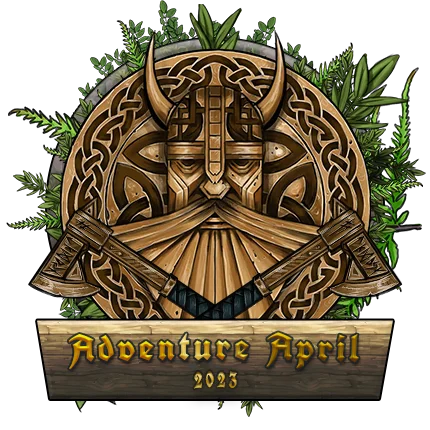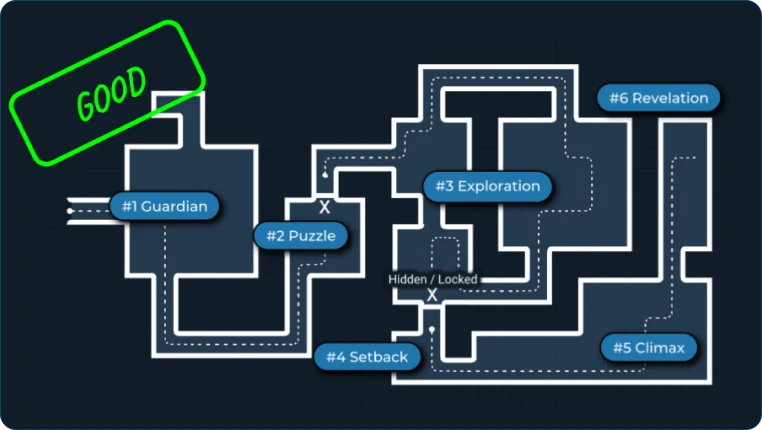Don't waste time fleshing out every map. Instead, establish a rule of thumb for what maps to tackle so you're well prepared and our toolbox feels versatile enough to handle every situation.
A good example would be a vast cave network that our characters need to traverse to reach an underground temple. To plan this adventure, we need to look at the locations, and what maps might be helpful to have prepared:
GM map for the tunnel system
We should have a sketch of the whole tunnel system for ourselves so we can map their location while they travel. Our characters do not necessarily need a complete map for this part of their journey. We can narrate their travel through the tunnels, describe the atmosphere and pull up a few scenic images to spark their imagination.
1-3 Random tunnel maps
Knowing that our players will get in trouble while traversing the tunnels to the temple, we should prepare a set of random encounter maps, including a straight tunnel, a crossroad and an intersection. This allows us to bring these maps up whenever a battlemap is needed and since the whole tunnel area could be described as “indifferent tunnel sections” we can re-use any of those three maps if necessary, without breaking the immersion for our players.
The Spider Queen's Lair - a battlemap with lair actions
Taking the wrong turn in the tunnels, our characters might end up in the lair of the spider queen. Since there are specific map mechanics (like webbing and eggs) that make this encounter more interesting, we want them to have a special battlemap that emphasizes this encounter.
The Underground Temple - GM and/or exploration map
This is a location that follows a planned story and helps us to map out every location of the temple, its obstacles, pacing, read-alouds and encounters. For our characters, the location map will help them to understand that they are now shifting into the endgame of that story arc. We don’t necessarily have the whole map to be explorable, but reveal and hide the map to our players as we progress through the temple and highlight their arrival at specific locations.







